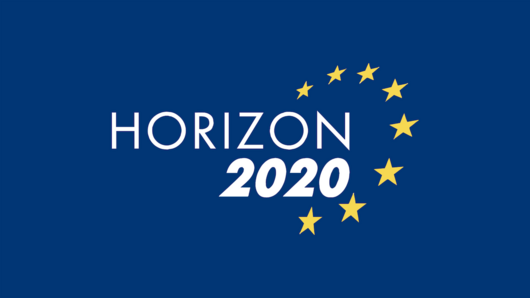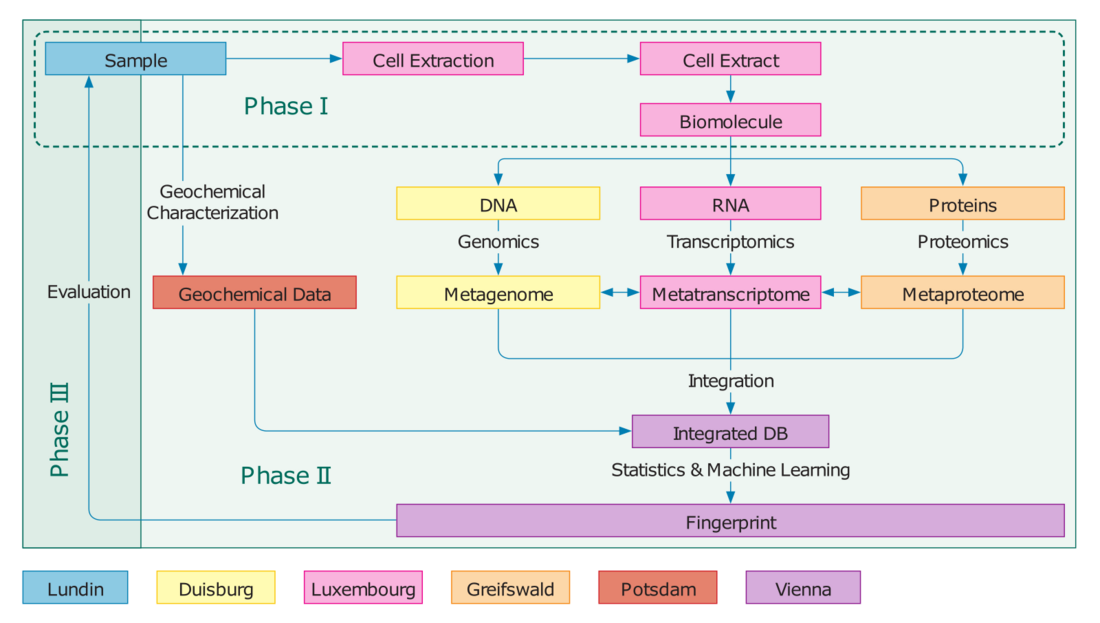
General Information
PROSPECTOMICS is an EU-sponsored project under the Future and Emerging Technologies (FET) initiative as part of Horizon 2020. The mission of FET is to turn Europe's scientific excellence into promising future technologies for society in the decades to come through unexplored scientific collaborations and forefront engineering, delivering potentially disruptive new technologies.
Why Prospectomics
Despite ongoing efforts to increase the percentage of renewable energy resources, hydrocarbons (HC), i.e. oil and gas will remain an important energy source for the next several decades. As a consequence, exploration of new HC reservoirs will have to continue. In a fast-evolving energy landscape characterised by the need to decarbonize our energy system, increasing global competition for resources and rising energy prices as well as price differentials with some of Europe’s main competitors, European economies and citizens require energy that is sustainable, affordable and with a secure and reliable supply. One of the key factors to reach EU’s ambitious goals in reduction of greenhouse gas emissions is the replacement of coal by alternative energy sources, mainly natural gas. Utilizing EU-borne energy resources is a key factor for reaching these goals. However, this also means increased exploration for HC reservoirs within Europe, the world’s most densely populated continent. Prospection of fossil fuels in densely populated areas like Europe is bound to tight environmental regulations and comes at economic costs. The need to decarbonize our energy system and promote the sustainability of European economies leads to conventional hydrocarbon prospection facing public resistance. Finding a balance between energy demands and responsible management of environmental resources remains a challenge in the years ahead.
PROSPECTOMICS provides a possible solution by deploying a radically new approach based on biomolecules like DNA, RNA and proteins related to hydrocarbon-degrading microorganisms in marine sediments. In comparison to geological and geophysical exploration, the project PROSPECTOMICS uses state-of-the-art “omics” techniques and detailed biogeochemistry to develop better understanding of the activity and metabolic potential of microbial life in sediments that are naturally exposed to hydrocarbon seepage. The employed omics techniques will generate vast amounts of data, requiring analysis via machine learning and predictive models. The potential product of PROSPECTOMICS will be a set of biological “fingerprint” markers that can easily and routinely be employed to guide hydrocarbon exploration with minimal environmental disturbance.
Science-to-technology: Environmental hypothesis
Hydrocarbon seeps have multiple geological manifestations at the surface, and sometimes provide an energy source for life on the oligotrophic sea floor. Visible natural seeps have been used for hydrocarbon prospecting previously. However, not all seepage reaches the ocean floor. In the subsurface, low levels of hydrocarbon seepage can cause an invisible shift in microbial community structure and metabolic processes with no visible surface manifestation. By combining environmental “omics” with contextual knowledge of the chemical surroundings, PROSPECTOMICS aims to detect those inconspicuous sites.
Through its multidisciplinary institutional collaboration and partnership with a petroleum exploration company, the FET project PROSPECTOMICS aims to design a biology-based tool for rapid and minimally invasive screening of even minor hydrocarbon seepage in marine sediments. The developed tool will serve to guide and optimize resource exploration at unprecedented sensitivity.


